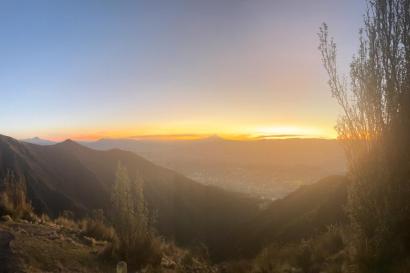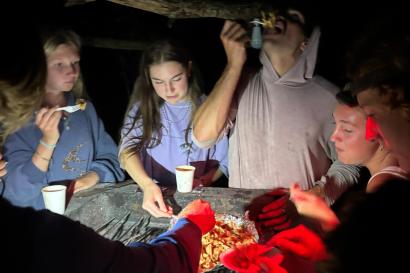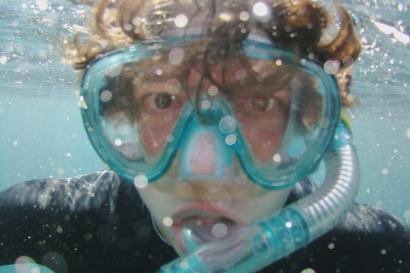Hola amigos!
An important aspect of a society’s culture is their customs because it heavily influences their way of living. From the way people dress, eat, talk, and greet each other, understanding and adapting to Ecuador’s various customs will allow you to be successful during your time abroad. Although Ecuador is a small country geographically, through my travels to different parts of the country, I have realized how diverse the people, culture and way of life are in its various regions. For example, every host family is different, although they are all Ecuadorians, these differences add to the beauty of a personal and unique study abroad experience.
The second full month abroad in the beautiful country of Ecuador has passed, which means I have two more months to travel, explore, learn and enjoy the country. These first two months have been filled with challenging moments as I have become accustomed to the new customs of living in Quito. A few of these were fun and easy to adapt too, while others were quite difficult sometimes people become offended. I have noticed something unique to Ecuador in at least almost all aspects of its vast culture such as greetings, eating and table manners, talking with older vs younger generations, and relations with family members. I noticed that I quickly adapted to some mannerisms because they were things that were very courteous or in some cases just very easy to understand.
Upon arrival to Quito, you will notice that the main difference is in the way people great each other. However, I cannot generalize for all regions of the country, but in the Sierra region, acknowledging a person with a side hug and kiss on the right cheek is very important. Acknowledgment is generally important in Ecuadorian culture. When visiting family, returning back home, or even meeting with friends, the action of saying “Hola”, “Buenos días” or the greeting that pertains to the time of day is key. Nonetheless, what most foreigners are shocked by is the need to hug and kiss both strangers and people you may be unfamiliar with. No matter how many people are present everyone needs to be greeted.
With respect to greetings, I recently visited Tena, a town in the Oriente Amazon region and learned that this predominantly indigenous community had a different style of greeting. Unlike in Quito, strangers in Tena are greeted with a handshake, wave, or tap of the palms to show acknowledgment. I was initially confused and worried that I was not greeting properly, however, I realized that I had created a stereotype of what Ecuadorians were like which hindered me from seeing the differences between the Quiteño and Amazonia cultures.
Another main difference is the table manners. Honestly, this was one of the hardest for me to learn and become accustomed too. I believe I have great table manners, however, the elaborate table setting for every meal never ceases to amaze me. I can guess that this does not just pertain to my host family but for every meal including breakfast, all cutlery (fork, knife, and spoon) are used. Additionally, I learned right away that before leaving the table I had to say “Permiso” and then wait for someone to respond with “Sigue Nomas” or “Adelante” before I left the table. Remember that this applies to all table settings whether it is just 2 or 15 people on the table.
These customs I have shared are just a glimpse of the vast Ecuadorian culture. Asking questions and learning to adapt to doing things differently will definitely smoothen the experience and make it fun!

Tabitha Ato
I would describe myself as a fun but reserved person. I am curious and love learning and sharing about my experiences. I enjoy planning and organizing events but great music always gets me on my feet.








